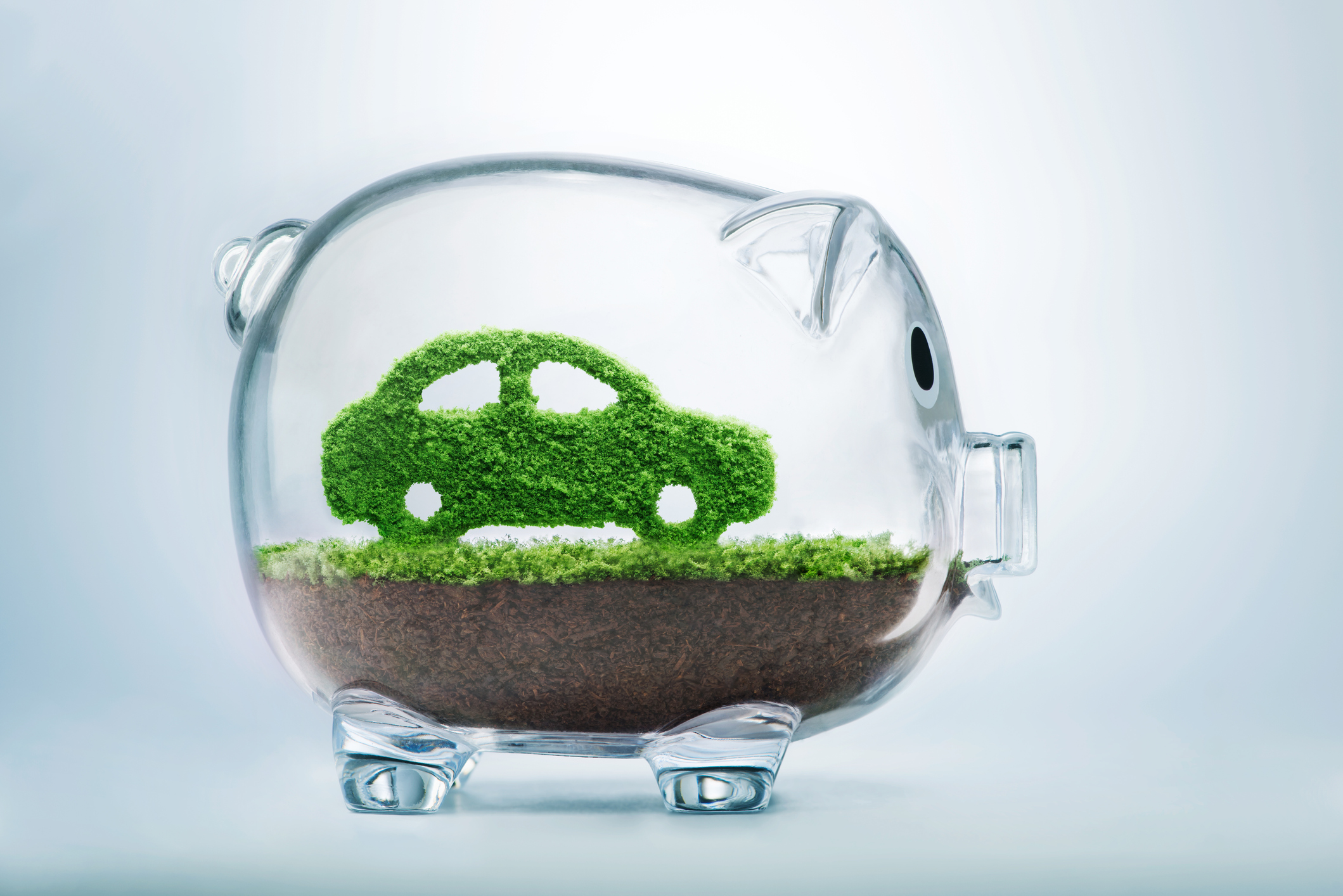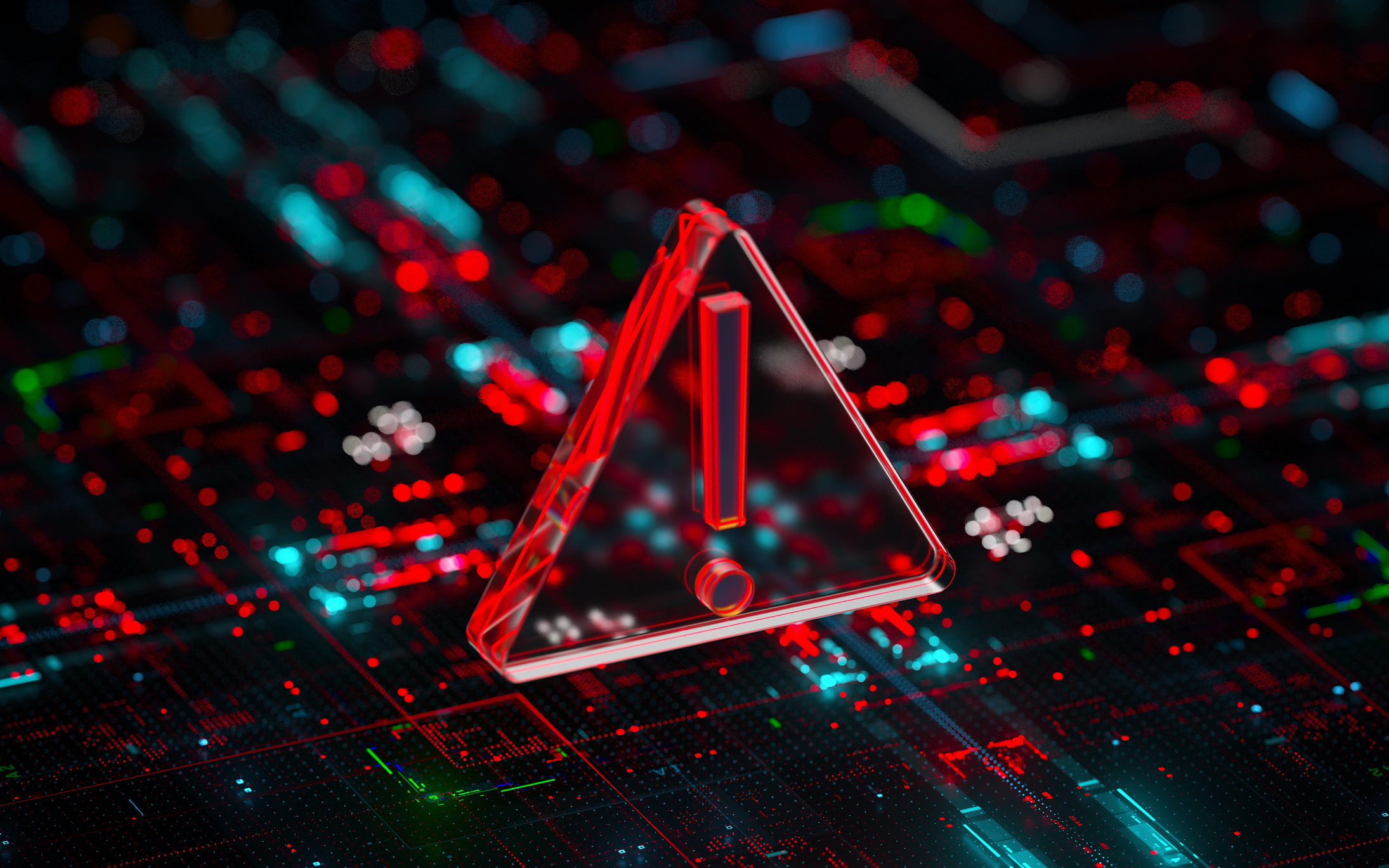Auto Market Recovers Slowly but Deals Still Hard to Find: Kiplinger Economic Forecasts
Car buyers have more options as inventory grows, but interest rates are still high.

Prices in the auto market for new and used cars have risen steadily since the beginning of the pandemic. To help you understand what is going on and what we expect to happen in the future, our highly-experienced Kiplinger Letter team will keep you abreast of the latest developments and forecasts (Get a free issue of The Kiplinger Letter or subscribe). You'll get all the latest news first by subscribing, but we will publish many (but not all) of the forecasts a few days afterward online. Here’s the latest...
After years of shortages and soaring prices, the auto market is getting back to normal — slowly. Inventories of new vehicles for sale are still nowhere near their pre-pandemic average. But availability is improving, giving car shoppers a better selection and a shot at a halfway decent deal.
New car sales will hit 15.5 million this year, up from 13.8 million in 2022 and the most since COVID-19, but still 9% lower than 2019’s 17 million. Demand is robust, even with prices up 20% from before the pandemic for the same model vehicle with comparable features. Despite interest rates rising from about 4.5% on loans to buyers with good credit to 7% or more, and monthly payments for loans on new cars that now average $725, sales are rising. Crimped vehicle production during the pandemic led to lots of elderly cars that need replacing now.
From just $107.88 $24.99 for Kiplinger Personal Finance
Become a smarter, better informed investor. Subscribe from just $107.88 $24.99, plus get up to 4 Special Issues

Sign up for Kiplinger’s Free Newsletters
Profit and prosper with the best of expert advice on investing, taxes, retirement, personal finance and more - straight to your e-mail.
Profit and prosper with the best of expert advice - straight to your e-mail.
It’s not just consumers who are shopping. Fleet operators are back in the market, too. Sales to rental agencies and other commercial buyers are back to 18% of total sales. Rental agency fleets shrank during the pandemic and need restocking.
If you’re in the market, here are some things to keep in mind, per Ivan Drury, senior manager of insights at Edmunds.com: You’ll have some more leeway to negotiate. But finding deals won’t be easy. Offers like attractive financing, price breaks or favorable trade-ins vary by dealership, more so than usual. So, it pays to shop around, especially when trading in an old car. If you don’t like the offer from the dealer selling you a new car, don’t be afraid to pass and get other quotes. Salespeople expect it now — they’ll still be eager to sell to you.
Be practical about what you need vs. what you want. You’ll get a better price if you stick to models that don’t have every new feature or haven’t been redesigned for a while. Dealers may be more eager to move those cars. It also helps to be open to multiple brands. Some, such as Toyota, Honda, Subaru, Kia and BMW, are still short on inventory relative to the industry average, giving buyers scant room to negotiate.
Breaks on financing are out there. But read the fine print. Offers of low rates often require accepting a three- or four-year loan, which saves you interest but means that you’ll have a higher monthly payment. Sometimes, slightly higher interest rates are available on longer-term loans. But you’ll have to ask. Dealers don’t trumpet them.
The hottest segments now: compact and medium-size trucks. Don’t expect any breaks on pricing there. Ford’s Maverick small pickup is so popular, it’s sold out for the 2023 model year, for instance. Toyota’s Tacoma remains as in demand as ever.
If you’re shopping used, expect prices there to stay elevated, for years. A lack of inventory jacked up prices during the pandemic, and it’ll take time for enough new cars to sell and hit the used market — bad news for bargain hunters.
This forecast first appeared in The Kiplinger Letter, which has been running since 1923 and is a collection of concise weekly forecasts on business and economic trends, as well as what to expect from Washington, to help you understand what’s coming up to make the most of your investments and your money. Subscribe to The Kiplinger Letter.
Read more
Profit and prosper with the best of Kiplinger's advice on investing, taxes, retirement, personal finance and much more. Delivered daily. Enter your email in the box and click Sign Me Up.

David is both staff economist and reporter for The Kiplinger Letter, overseeing Kiplinger forecasts for the U.S. and world economies. Previously, he was senior principal economist in the Center for Forecasting and Modeling at IHS/GlobalInsight, and an economist in the Chief Economist's Office of the U.S. Department of Commerce. David has co-written weekly reports on economic conditions since 1992, and has forecasted GDP and its components since 1995, beating the Blue Chip Indicators forecasts two-thirds of the time. David is a Certified Business Economist as recognized by the National Association for Business Economics. He has two master's degrees and is ABD in economics from the University of North Carolina at Chapel Hill.
-
 How to Safely Open an Online Savings Account
How to Safely Open an Online Savings AccountOnline banks offer generous APYs that most brick-and-mortar banks can't match. If you want to make the switch to online but have been hesitant, I'll show you how to do it safely.
-
 7 Ways to Age Gracefully Like the Best Stock Photo Seniors
7 Ways to Age Gracefully Like the Best Stock Photo SeniorsAs a retirement editor, I've gleaned valuable wisdom (and a lot of laughs) from one older couple that tops the seniors' stock photo charts.
-
 My First $1 Million: Banking Executive, 48, Southeast U.S.
My First $1 Million: Banking Executive, 48, Southeast U.S.Ever wonder how someone who's made a million dollars or more did it? Kiplinger's My First $1 Million series uncovers the answers.
-
 AI Appliances Aren’t Exciting Buyers…Yet
AI Appliances Aren’t Exciting Buyers…YetThe Kiplinger Letter Artificial intelligence is being embedded into all sorts of appliances. Now sellers need to get customers to care about AI-powered laundry.
-
 What to Expect from the Global Economy in 2026
What to Expect from the Global Economy in 2026The Kiplinger Letter Economic growth across the globe will be highly uneven, with some major economies accelerating while others hit the brakes.
-
 Shoppers Hit the Brakes on EV Purchases After Tax Credits Expire
Shoppers Hit the Brakes on EV Purchases After Tax Credits ExpireThe Letter Electric cars are here to stay, but they'll have to compete harder to get shoppers interested without the federal tax credit.
-
 The Economy on a Knife's Edge
The Economy on a Knife's EdgeThe Letter GDP is growing, but employers have all but stopped hiring as they watch how the trade war plays out.
-
 Banks Are Sounding the Alarm About Stablecoins
Banks Are Sounding the Alarm About StablecoinsThe Kiplinger Letter The banking industry says stablecoins could have a negative impact on lending.
-
 Japan Enters a New Era of Risk and Reform
Japan Enters a New Era of Risk and ReformThe Kiplinger Letter Japan has entered a pivotal moment in its economic history, undertaking ambitious policy and structural reforms to escape from decades of stagnation.
-
 After Years of Stagnant Growth, Hope Emerges for EU Economy
After Years of Stagnant Growth, Hope Emerges for EU EconomyThe Kiplinger Letter Can a German fiscal push outweigh French political peril?
-
 Trump's Economic Intervention
Trump's Economic InterventionThe Kiplinger Letter What to Make of Washington's Increasingly Hands-On Approach to Big Business

